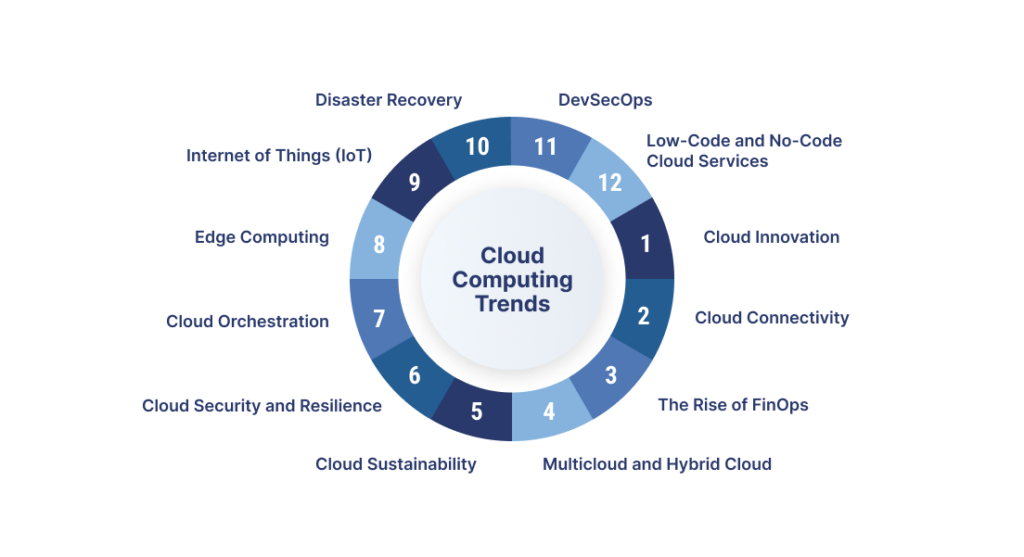The future of network evolution is being dramatically reshaped in 2024, with “Cloud Network Evolution” at the forefront of this transformation. This era marks a significant pivot from traditional network management to innovative strategies that incorporate multi-cloud connections, AI, and machine learning. These advancements are designed to create networks that are not only more resilient and flexible but also capable of meeting the rapid pace of digital transformation across industries.
Streamlining service providers
The trend towards consolidating network service providers is gaining momentum. Analysts have observed a clear shift as enterprises aim to reduce their network service providers from hundreds to just a few. This move is largely driven by the desire for simplification within organizations, allowing for easier management and coordination across network services. Equipment manufacturers are facilitating this shift by focusing on overlay solutions, which, while simplifying the procurement process, highlight the critical importance of a reliable underlay for overall network performance.
Advancements in cloud connectivity
Cloud landing zones are emerging as a pivotal solution to the complexities of managing multiple cloud service providers. These zones offer a unified access point for various cloud services, streamlining login processes and enhancing security and resource management. This innovation addresses one of the major pain points of multi-cloud strategies: the cumbersome management of multiple logins and the seamless integration of services across different cloud environments.
The rise of AIOps
Artificial Intelligence for IT Operations (AIOps) is transforming network management by automating routine tasks, proactively addressing service issues, and predicting potential disruptions before they occur. This approach allows for the efficient analysis of large datasets across global networks and cloud deployments, uncovering insights that can lead to improved service quality, reduced downtime, and a more agile response to business needs.
Embracing multiple cloud environments
The shift towards multiple cloud environments is necessitated by the diverse requirements of modern enterprises. However, this approach introduces challenges such as managing multiple cloud instances, overcoming siloed visibility, and mitigating performance issues. Also, enterprises are becoming increasingly aware of the hidden costs associated with multi-cloud strategies, including high egress fees and the financial impact of data transmission outside of cloud environments.
Uncovering and addressing hidden costs
A critical examination of network designs has revealed significant hidden costs in multi-cloud deployments. Enterprises are discovering that a considerable portion of their budget is consumed by data transfer fees and other unexpected expenses. This insight is prompting a reevaluation of network strategies to identify and eliminate inefficiencies, thereby optimizing network performance and cost-effectiveness.
Looking ahead – Adapting to the cloud network evolution
As we navigate through the complexities of cloud network evolution in 2024, it is evident that a strategic approach to network management is essential. The trends highlighted above not only underscore the dynamic nature of network technology but also the need for enterprises to continually adapt their strategies to leverage these advancements effectively. As the landscape of network technology continues to evolve, one must ask: How prepared are businesses to adapt to these changes and capitalize on the opportunities they present?





